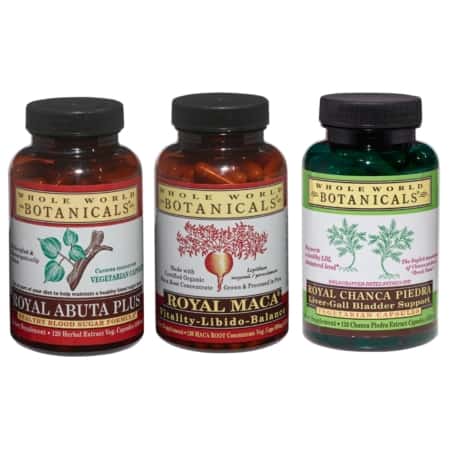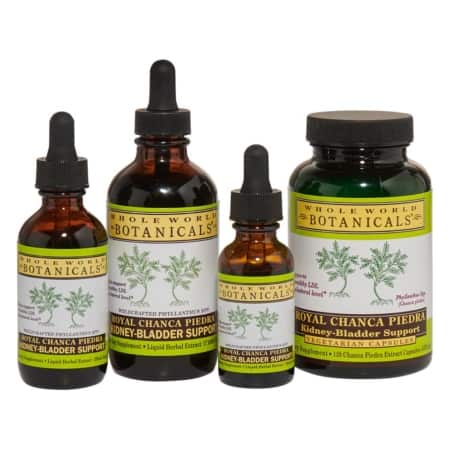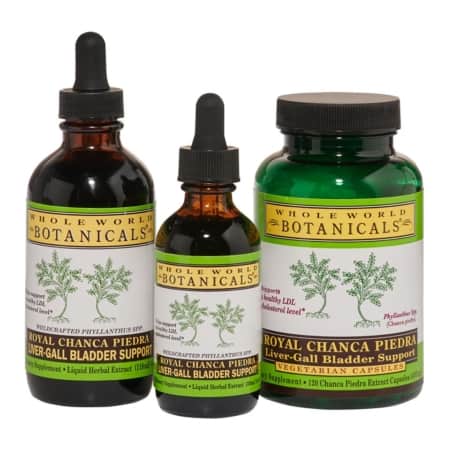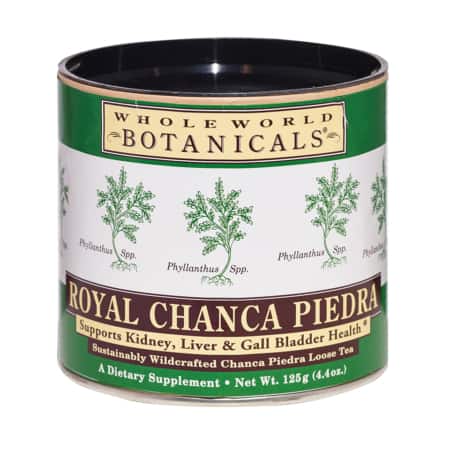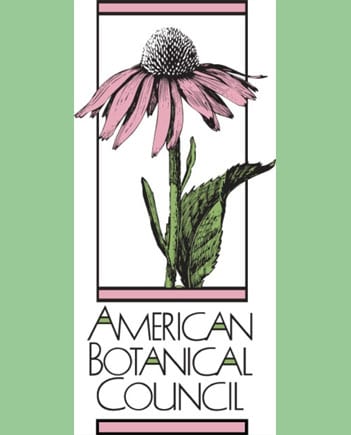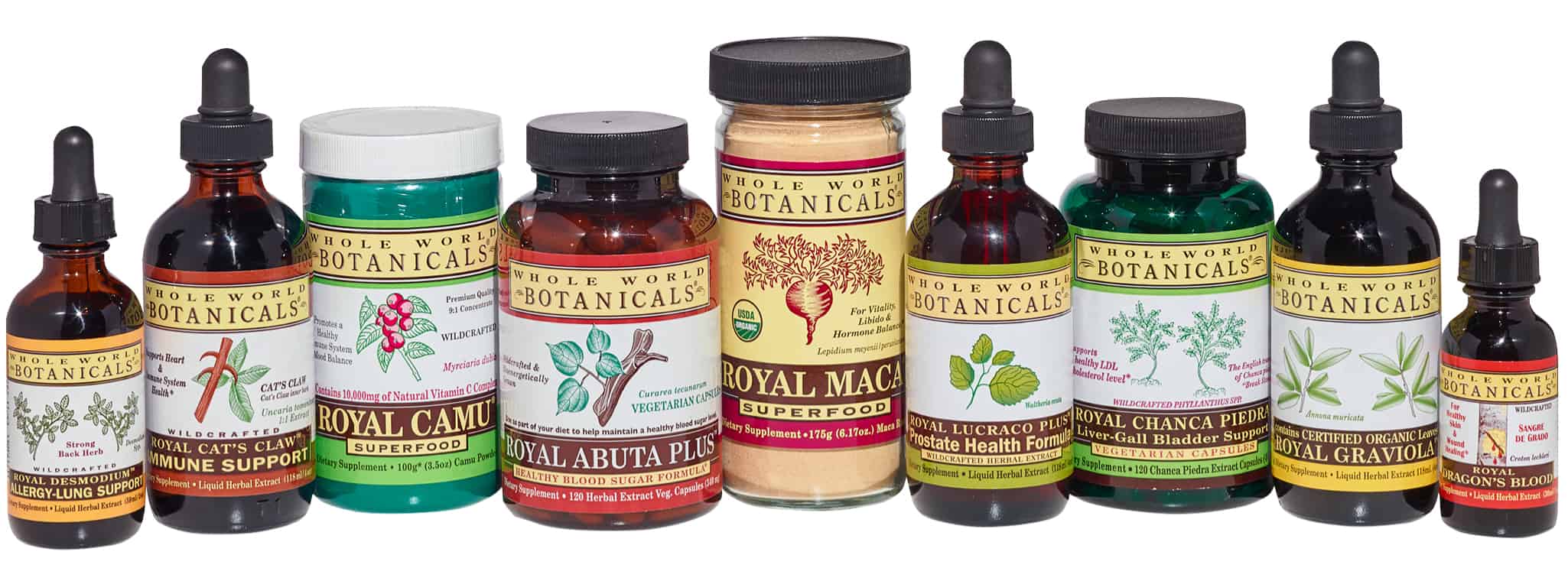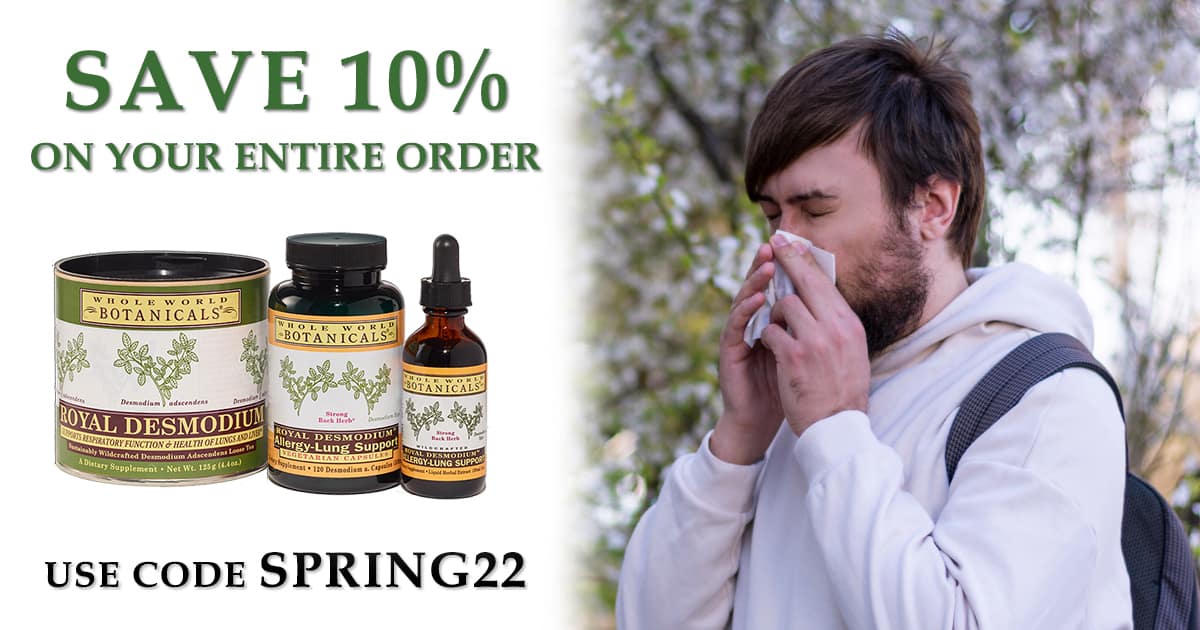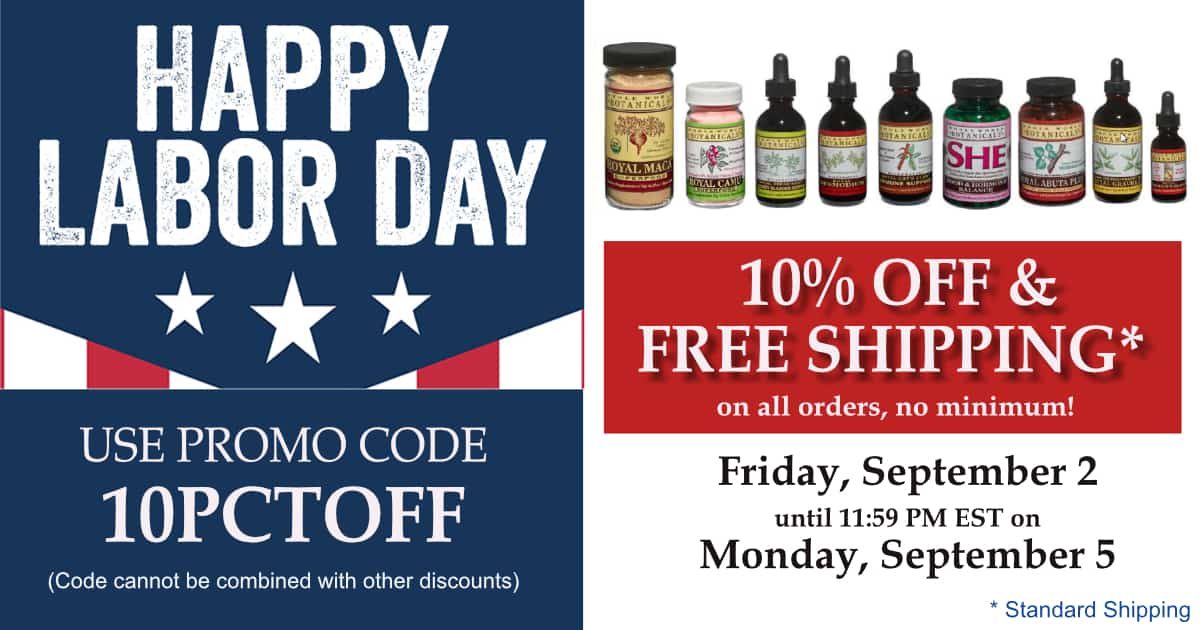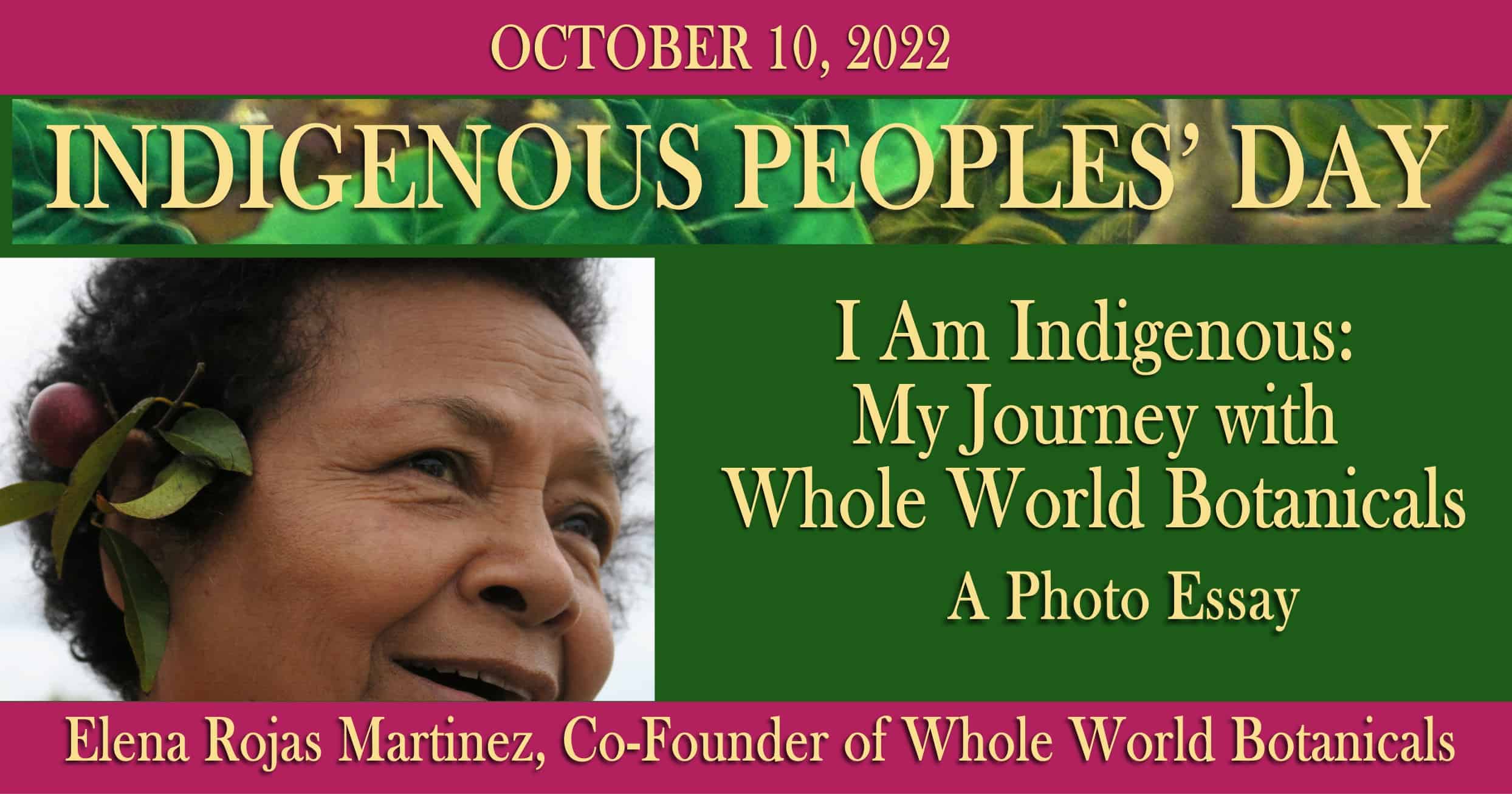A THANKSGIVING MEAL TIP FROM VIANA
Overeating and Thanksgiving dinner just seem to go together for so many of us. It is, after all, a feasting day with many side dishes. Lots of love is put into the food, as well as many hours of labor. When you are the host, you can add another course to the meal that will actually make it more enjoyable. (Or if you are a guest, you can take this item as a gift for your host.)
I don’t know about you, but by the time dessert arrives, I’m full! I feel stuffed — a little to a lot uncomfortable, depending on how much I overate. Although I love pumpkin pie, pecan pie and apple pie, my stomach is just not ready for it. Not to speak of my poor liver! But for a number of years now, I have solved that dilemma!
I serve Royal Chanca Piedra™ as a separate course, after the turkey (or tofu), mashed potatoes, yams, and vegetables and before the dessert. I make the tea ahead of time, which takes about 20 minutes. It has a fresh, grassy smell, and a soothing tummy feel. It’s perfect to serve with nothing added to it, or you can add a squeeze of lemon or a sprig of mint— or both. So you warm up the tea while you are clearing the table for dessert, and then serve everyone the tea. It’s a great conversation interlude as well.
In 15 or 20 minutes, the teacups will be empty and the liver will be revitalized, ready to take on the job of digesting some more rich food. Your appetite will return; the heavy feeling will be gone. And everybody will be genuinely smiling! So Bon Appétit again, as you relish the sweet ending to your meal.
Note: If you don’t have the Royal Chanca Piedra™ tea on hand but you do have the Royal Chanca Piedra™ liquid extract, you can always add 30 drops to a cup of hot water and you will have an instant cup of Chanca Piedra tea.
By the way, there is a scientific study to back up what your tummy is telling you: Chanca Piedra (Phyllanthus spp ) aids in lipid digestion and will help you maintain a healthy cholesterol and triglyceride level. It even helps some people lose weight. You can find the study by searching for “Phyllanthus spp – lipid” at www.pubmed.gov.


